TABLE OF CONTENTS
On the surface, Windows, macOS, and Chrome OS have a lot in common.
In actuality, though, they cater to noticeably disparate audiences, and have vastly different strengths and, perhaps most importantly weaknesses.
Despite there being a sizable overlap when it comes to their functionality and overall feature sets, there are still a few key differences that warrant a deeper dive.
All three operating systems excel at different things and have very unique benefits. Only two of them, however, are layered enough to be used for virtually any kind of task, and that’s Windows and macOS — hence their immense popularity.
ChromeOS, on the other hand, is more of a niche option that’s geared toward a very specific kind of user. Still, it, too, warrants a mention, if not for its complexity then certainly for its peculiar nature.
There’s a lot of ground to cover, so let’s begin!
Windows — Always a Safe Pick
You just can’t go wrong with Windows. It’s the most ubiquitous operating system on the planet and, well, there’s a very good reason why: it runs incredibly well on a wide range of devices, doesn’t have any inherent limitations, and is fairly user-friendly as well.

Image Credit: Microsoft
It’s not as polished as, say, macOS — ditto for its aesthetics — but it’s the “go-to” option for billions of people and that, in short, speaks volumes.
Getting one’s work done on Windows is as simple and easy as it gets. There are no compatibility issues, nothing for you to worry about, and no hassle or hurdle for you to overcome.
It might not be particularly polished, and it might not work the way it’s supposed to 100% of the time, but it is, nonetheless, the most widely available operating system on the planet — one with no inherent limitations.
macOS — It Just Works
MacOS can quite literally be used for the exact same things as Windows, but is undoubtedly much more polished and is also easier to use. It just works the way it’s advertised and is absolutely stunning from a visual perspective.
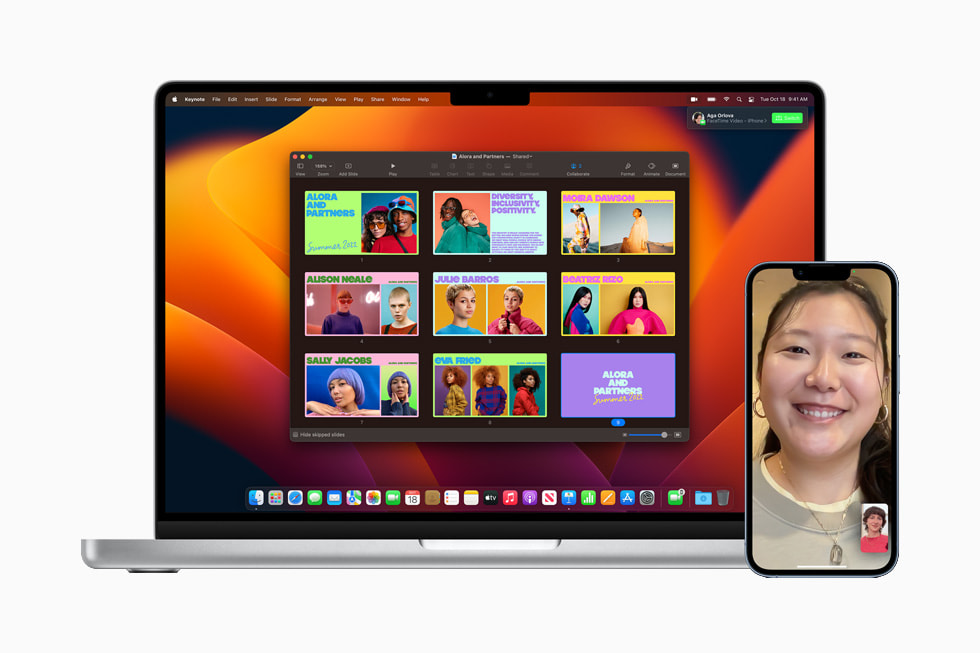
Image Credit: Apple
Some people prefer it over Windows; others can’t stand the sight of it. Be that as it may, there’s an option available for every kind of user, regardless of their profession and overall needs and preferences.
MacOS is beautiful to look at and is incredibly well-optimized, especially for Apple’s own silicon.
Better yet, it stands out in one very specific area: it’s absolutely incredible for creative work.
MacOS has a bunch of bespoke software — the kind geared towards creative professionals — and it’s all as optimized and beautiful as one would expect.
These programs remove themselves from the equation, letting you truly engage in the creative process without any hiccups whatsoever.
That, essentially, is one of the ways in which it is advertised: the “go to” option for creatives, designers, photographers, software developers, videographers, music producers, and everyone in between.
It’s also a lot more secure than Windows and is, in a way, simpler to use (a subjective thing, no doubt).
It is, therefore, a much better option for those who aren’t particularly tech-savvy.
It is an incredibly powerful operating system that, while not as “liberating” as Windows, nonetheless contains everything one needs, and is a lot more streamlined and devoid of any software-based quirks, hindrances and hurdles.
The reason why is rather simple: Apple only has a “handful” of devices to optimize for. Windows, on the other hand, needs to work and perform on an incredibly wide gamut of devices, some of which aren’t particularly capable.
MacOS is a bespoke operating system and that, in short, brings many unique benefits.
Hackintosh — An Okay Option For the Tech Savvy
You can, by all means, install macOS on non-Apple hardware, but it’s not an easy process and you might encounter numerous bugs and hindrances along the way, some of which might end up being severely debilitating.
Alternatively, you can just purchase a used Mac Mini from, say, 2013 or 2014 and test out macOS that way. It won’t be a big investment and these machines are still powerful enough to handle everyday tasks.
They’re not beastly computers nor should they be used for the most demanding of workflows, but they’re not as bad a purchase as it might seem at first glance.
ChromeOS — A Peculiar Choice
The biggest reason why we’ve even included ChromeOS in this comparison is because of its immense growth — the OS itself has evolved and matured quite a bit over the last few years and it can, at least to a certain extent, compete with other, more popular operating systems.
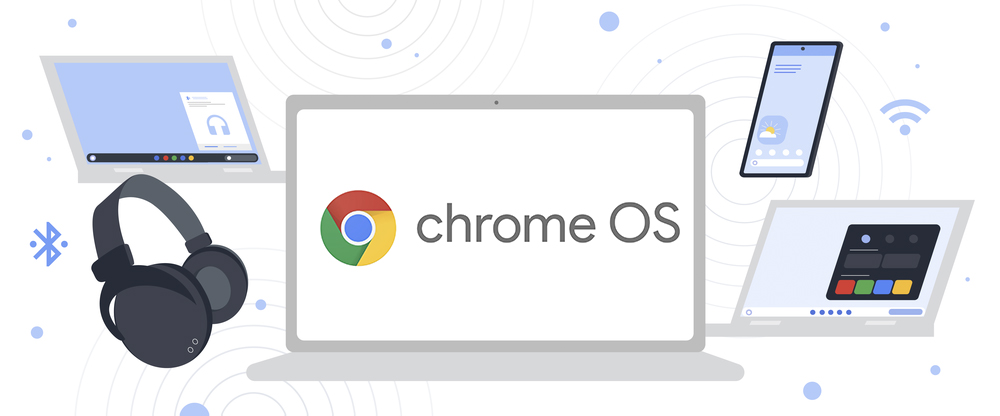
Image Credit: Google
It’s not, however, as feature-rich or layered as Windows and macOS, and that becomes immediately obvious the moment you want to start using it for something a bit more demanding.
In other words: it’s not for power users or “consummate professionals.”
That’s not necessarily a reason to criticize it — ChromeOS was never designed with such people in mind. Regardless, it is something you need to keep in mind if your use-case demands a more versatile and capable operating system.
It’s a lot better than it was in the past, with more features and unique bells and whistles than one would expect. It’s not, however, on the same level as Windows and macOS. In fact, it’s not even remotely close.
If you’re entrenched in the Google ecosystem and can get all of your work done from within a browser, then it might be worth considering.
You shouldn’t think of ChromeOS as an alternative to Windows or macOS, but rather as a bespoke operating system that has a few unique strengths and a long laundry list of drawbacks and limitations.
Devices running ChromeOS have, from the very beginning, been designed for students — they’re low-cost machines that are simple to use without any steep learning curve.
That, generally speaking, is a huge plus, but it brings with it a tremendous downside as well: those are the only target demographics and user groups that a Chromebook can satisfy.
Still, if your needs are “light” — and you really like the overall ChromeOS aesthetic and feature set — then definitely give it a shot (especially if you already have a “primary” computer running Windows/macOS).
ChromeOS Flex
If you’re unsure of whether or not this peculiar operating system is good enough for your needs, you could check out ChromeOS Flex, a stripped-down version that was released in mid-2022.
It is essentially meant to be installed on older PCs and MacBooks, devices whose hardware is no longer appropriate and powerful enough for everyday work.
Its biggest downside is the lack of Android app support, but it’s still a good, simple way for one to test out this wholly unique operating system.
Plus, you can install it on a wide range of older, archaic computers and laptops and, in doing so, give them a “second lease on life.”
Similarities and Differences
All three operating systems can be used for those simple “mundane” tasks.
Typing out emails, documents, filling out spreadsheets, sifting through dozens of tabs, and so on. If that’s your workflow then even a mid-tier Chromebook (with a respectable spec sheet) will suffice.
ChromeOS is definitely the least capable of the bunch, but it, too, is a lot more versatile than it was in the past.
Windows and macOS have a breadth of incredible software available whereas ChromeOS pretty much revolves solely around web apps and those that were originally designed for Android. Some of them work great; others, not so much.
If you want the most freedom and versatility, Windows and macOS are still a cut above — and that’ll keep being the case.
Windows vs. macOS vs. ChromeOS — Target Audiences
To better understand the difference between these three operating systems, we really need to address whom they’re mainly geared towards and in exactly what way.
Windows
The jack of all trades. You can use Windows for virtually any kind of task, be it content creation, 3D rendering, gaming, or something else entirely different.
There are no limitations whatsoever. You can install it on a $300 laptop or a $5000 spec’d out behemoth. It won’t run the same, unfortunately, but the point stands nonetheless.
It’s the perfect operating system for basically everyone, primarily because of its simple nature and the fact that there aren’t any debilitating hurdles for one to overcome.
It’s not the most secure OS out there but it sure does make up for it in sheer versatility and ease of use.
macOS
MacOS is, for the most part, marketed towards creatives and people who just want a hassle-free operating system — one that’ll actually work as advertised.
It’s also a bit more well-rounded than Windows, and that holds true in both the way it functions and the way it looks. Everything’s ironed out, ready to be used and harnessed.
One thing to keep in mind, however, is that Apple’s latest and greatest devices run on its own in-house silicon — that’s both really good and, potentially, really bad, depending on your line of work and overall workflow.
What we’re saying is that there might be some software compatibility issues. Some programs run incredibly well, others — the ones that have to be emulated — not so much.
Others still aren’t even supported, so make sure to do some research before pulling out your wallet and making an investment.
ChromeOS

Image Credit: Google
Google’s own operating system, on the other hand, is defined by its limitations.
That might not be that big of a problem if you can get your work done “in the cloud,” but if you can’t, then you should definitely give it a pass.
Its simplicity is, in a way, its biggest allure, but it might just be a bit too simple.
The fact that you can run Android apps might sound great, but the experience itself isn’t always all that enjoyable.
Some apps don’t scale particularly well, others don’t work as intended. That, too, is something you need to keep in mind.
The OS itself is rather beautiful and easy to use, but it certainly is not designed with the power user in mind.
Be that as it may, it’s still an interesting option for those who are on the lookout for something a bit different (and don’t have any particularly demanding requirements).
Windows vs. macOS vs. ChromeOS — Let’s Talk Software
Windows and macOS have a lot in common.
The former excels at… well, everything. The latter, on the other hand, stands out most when it comes to bespoke applications designed for content creators, videographers, music producers, designers, and everyone in between.
That being said, you’re basically going to find the exact same programs on both operating systems. This Venn diagram of sorts is immense, and we’re very glad that is the case.
ChromeOS, on the other hand, firmly relies on various web apps and those built for Android to cover as many “bases” and workflows as possible.
Some advances have been made in that regard — LumaFusion, for instance, will soon be available to the masses (for a “symbolic” asking price). Not too shabby for an operating system mainly geared towards educational purposes and high schoolers!
That’s the thing: Windows and macOS are pretty much neck-and-neck when it comes to software support. They’re geared towards a fairly similar target audience.
ChromeOS, on the other hand, doesn’t really excel at anything in particular.
As already said, it all depends on your needs and overall preferences.
How demanding of a user are you? Do you already have a regular full-fledged desktop and just need a thin-and-light ultrabook to get your browser-related work done whilst drinking a latte at your local coffee shop? In that case, a Chromebook might just suffice.
If, however, you don’t have a more powerful PC/laptop, then buying a machine that runs Windows/macOS would definitely be the way to go.
In any case, roll up your sleeves and do some research before making any kind of investment!
FAQ
Let’s go over a few potential questions you might have regarding this particular topic:
Is Windows Better Than macOS?
It’s more ubiquitous and can be installed on an incredibly wide range of devices.
It’s easy to use and has no inherent software-related limitations. It’s the OS of choice for most users and, well, it’s easy to understand why.
That doesn’t necessarily make it any better than macOS, though.
Different strokes for different folks. Its accessibility does, however, make it the more alluring option.
Can You Run Windows on a macOS Machine?
You could, years ago, through Boot Camp.
You still can, in fact, but only if you’re running an Intel-based Mac.
If you have a device that’s built upon Apple’s own silicon, you’ll have to rely on programs like Parallels and VMWare to get your Windows-related fix.
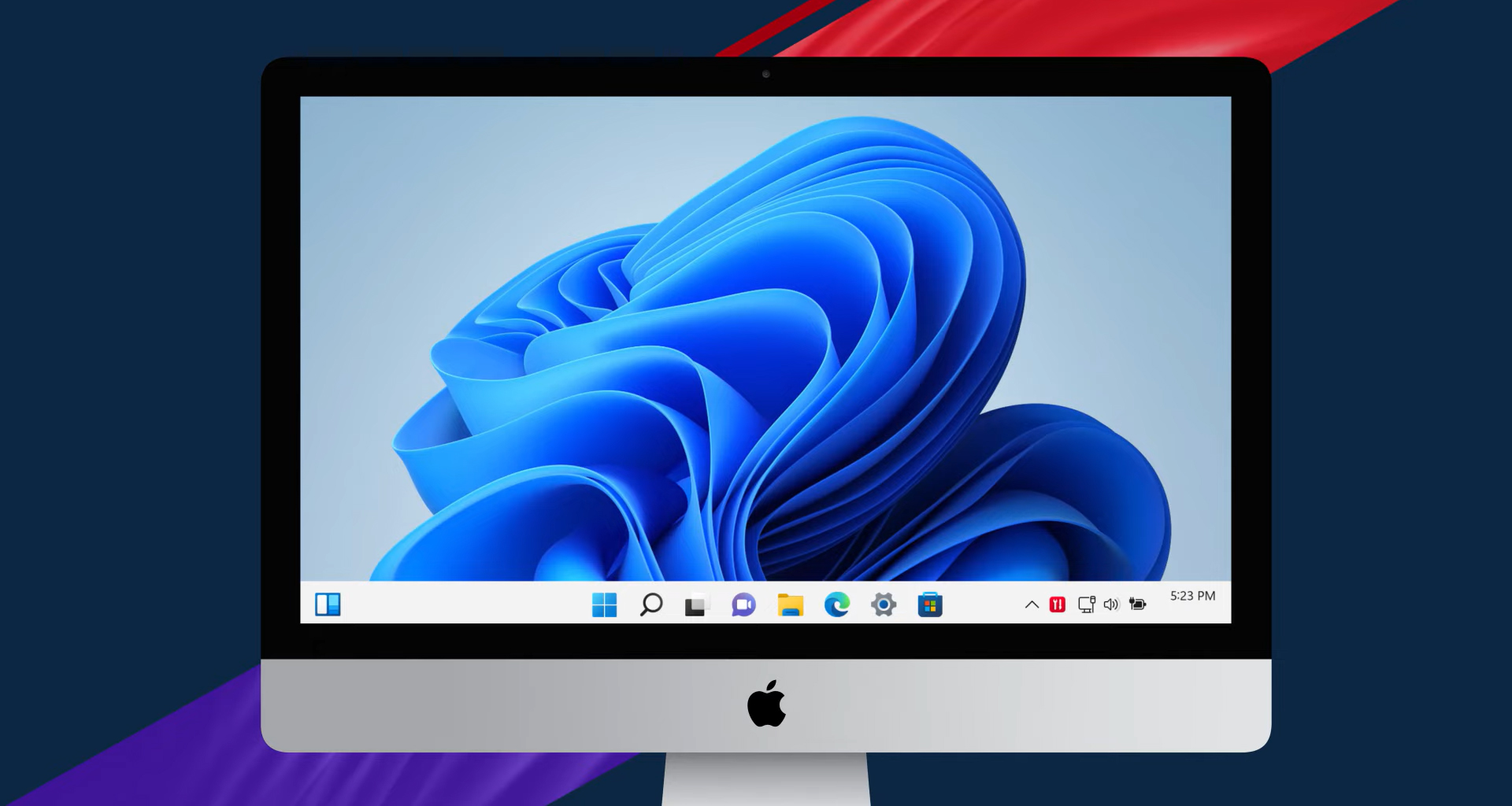
Image Credit: Parallels
Not as elegant of a solution, but it actually runs quite well.
Is macOS Good for Creative Work?
It’s not only good but absolutely incredible.
It has many bespoke applications, those designed only for macOS and creatives in mind.
It’s not the better option for heavy 3D work or modeling — that’s where Windows still reigns supreme — but if you’re not tied to programs like Blender, 3ds Max, Maya, or whatever else (and still want the absolute best OS for content creation) then look no further than macOS.
Is ChromeOS Good Enough for Everyday Use?
It actually is! It’s not particularly versatile, but it’s quite stellar at the few very specific things and workflows it is designed to tackle.
Chromebooks have a pretty bad reputation for being underpowered and gimped, and while that is true to a certain extent, companies like HP, Lenovo, and ASUS nonetheless have some incredibly powerful models to offer.
There’s a pretty noticeable point of diminishing returns, though, as ChromeOS doesn’t need anything more than a relatively capable Intel Core i5 to breeze through any task you might throw its way.
Is ChromeOS Good For Professional Work?
Absolutely not — and that’s okay, as it was never designed or built to handle any kind of pro-grade workflow.
If you can get your work done within Google Chrome, then yes, it will be enough. Still, if you end up pushing it beyond its limits, you’ll face a series of insurmountable bottlenecks.
ChromeOS-based devices simply aren’t designed to tackle demanding workloads and, well, that’s not going to change any time soon (if ever).
Is ChromeOS as Good as Windows and macOS?
Answering affirmatively would require us to stretch the very definition of “good.”
It’s not and, odds are, it never will be. It is, essentially, designed to handle just a portion of what Windows and macOS can do.
Over to You
What is your preferred operating system and why? Let us know in the comment section down below and, in case you need any help, head over to our forum and ask away!
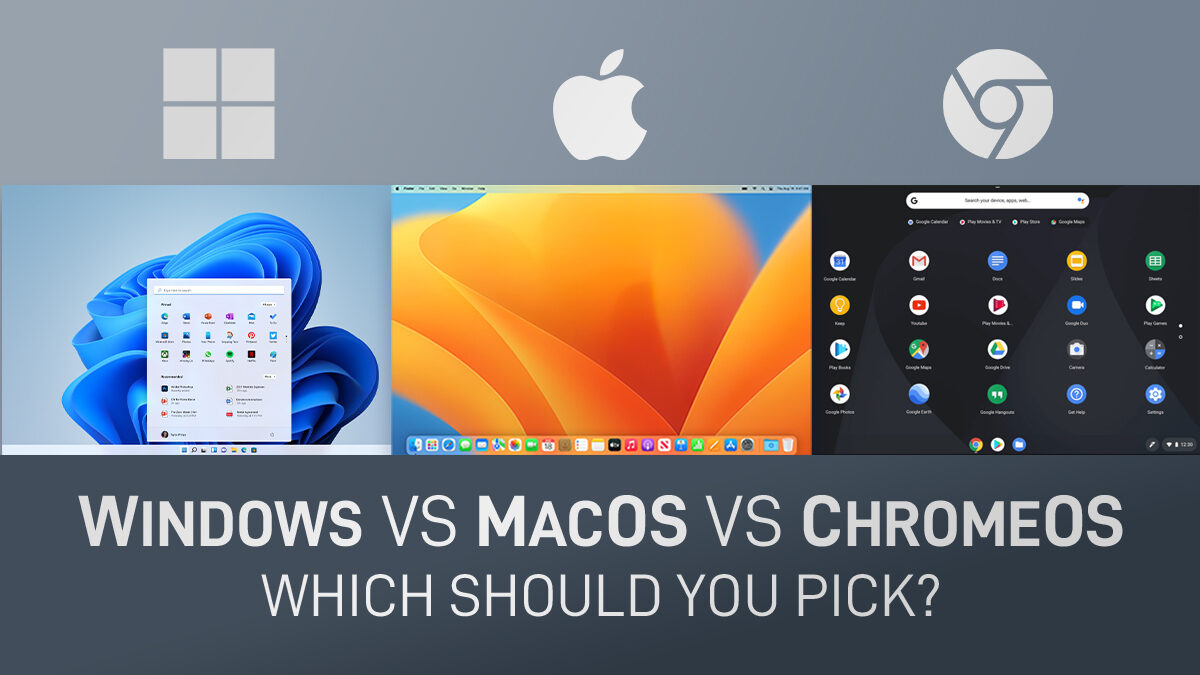
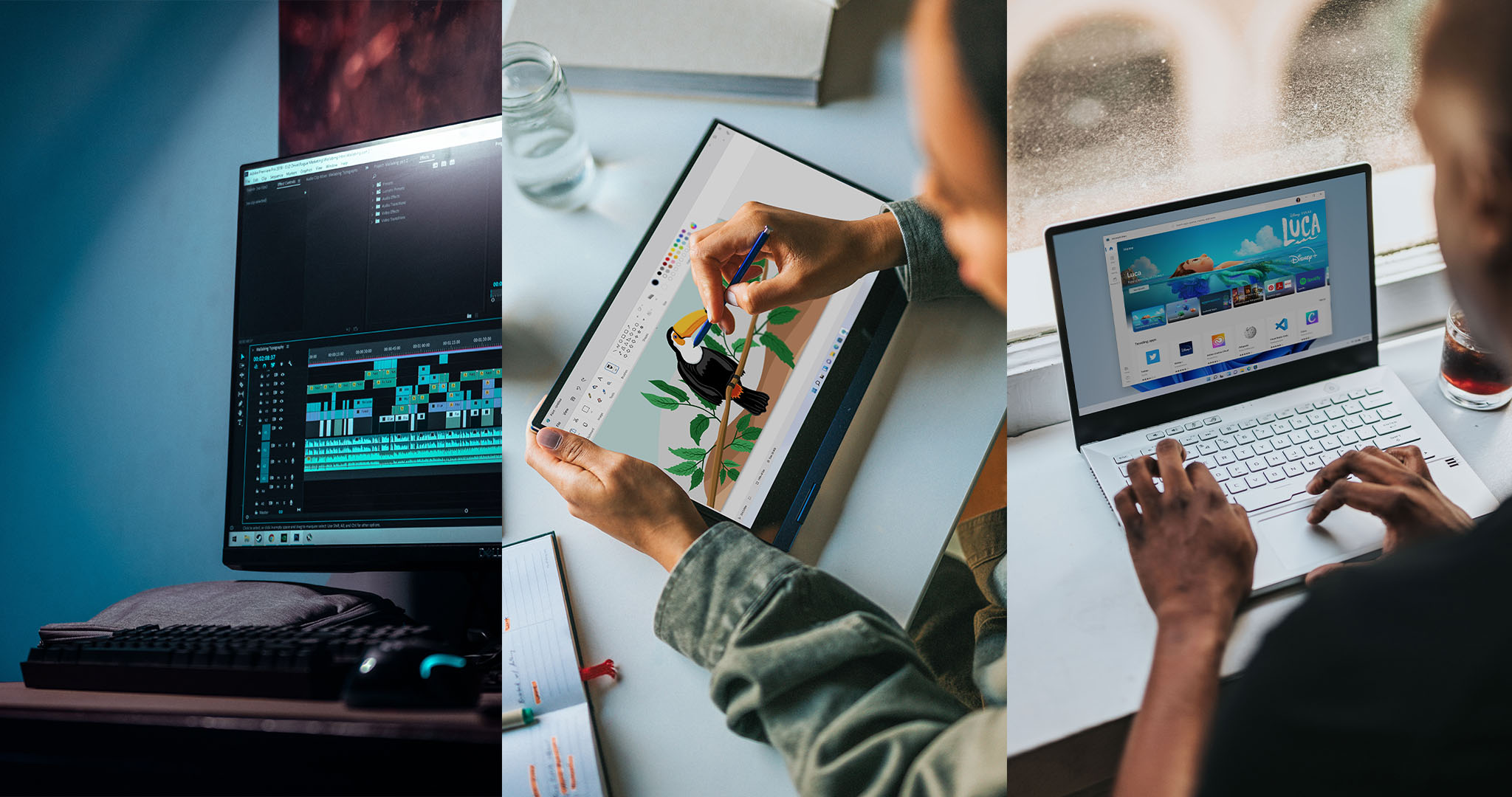
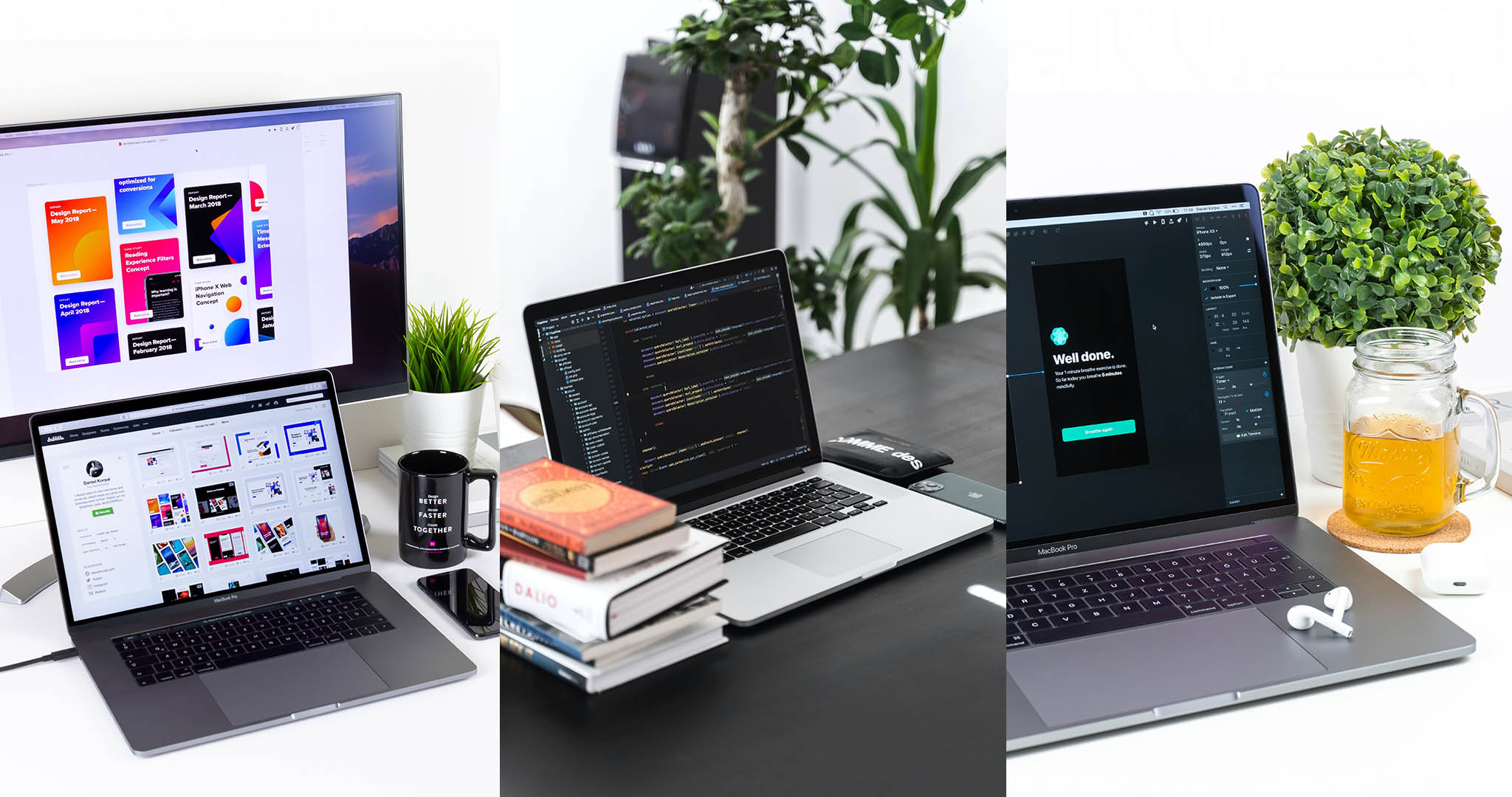
![How To Check and Monitor Your CPU Temperature [The Easy Way] How To Check and Monitor Your CPU Temperature [The Easy Way]](https://www.cgdirector.com/wp-content/uploads/media/2022/12/How-To-Check-and-Monitor-CPU-Temperature-Twitter-594x335.jpg)
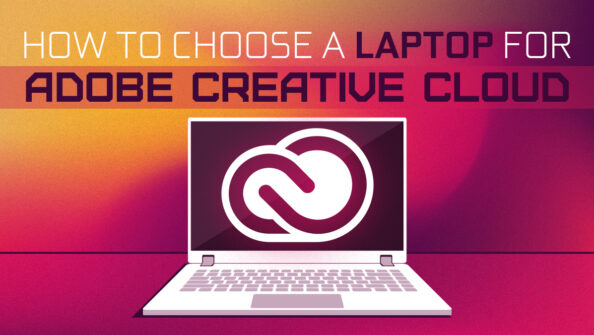
![Nvidia GeForce RTX 4080 16GB Review [Content Creation, Rendering, & Power Draw] Nvidia GeForce RTX 4080 16GB Review [Content Creation, Rendering, & Power Draw]](https://www.cgdirector.com/wp-content/uploads/media/2022/11/Nvidia-RTX-4080-16GB-Review-Content-Creation-Rendering-Power-Draw-Twitter-594x335.jpg)
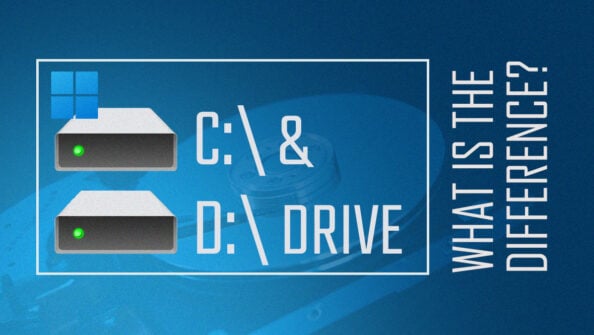
0 Comments